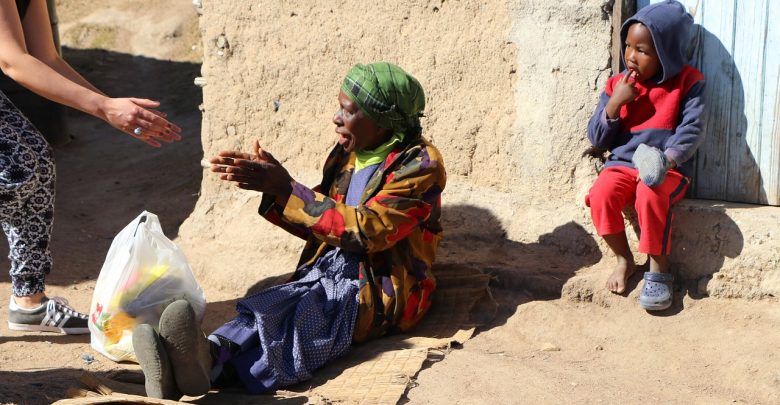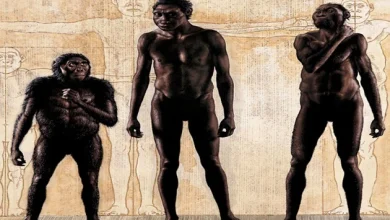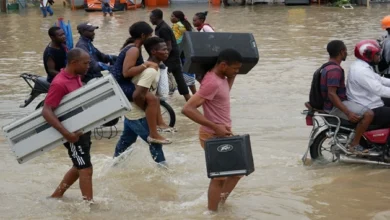World Poverty Day: Is Poverty Really Reducing?

In less than a generation, more than 1.1 billion people have been “lifted out of poverty,” according to the World Bank. It is without a doubt one of the most beautiful stories of global prosperity of this century.
Between 1990 and 2015, the number of people in the world living below the international poverty line (US $ 1.90 per day or less) fell from 1.9 billion to 735 million. This means that the proportion of the population considered poor, according to this definition, has changed from 36% to 10% during the same period. But the story of the fight against poverty is not uniform, and the economist who designed the poverty line told the BBC that current development policies “do not reach the poor enough.”
Poverty in the world: Different regions, 2018 estimates 656 millions of individuals live on $1.90 a day or less in the world
| Regions | Total Number of Individuals |
| Sub-Saharan Africa | 437m |
| South Asia | 121m |
| East Asia and Pacific | 34m |
| Latin America & Caribbean | 26m |
| Middle East and North Africa | 25m |
| Source | World Bank (2018) |
Martin Ravallion, former director of research and Senior Vice President of the World Bank, said: “rising inequality is the greatest challenge we face in terms of progress in the fight against poverty and social progress in general”.
‘Two Speeds’
According to the World Bank, the lack of inclusive growth, the economic slowdown and, more recently, the conflicts have hindered progress in some countries. While in China and India, one billion people are no longer considered poor, the number of people living in extreme poverty in sub-Saharan Africa is actually higher than it was 25 years ago.
“Over the past decade, we have seen a world that evolves at two speeds,” says Carolina Sánchez-Páramo, Global Head of Global Practice on Poverty and Equity at the World Bank.
The reason is a combination of four factors
1. Variations in the speed of economic growth
“At the most basic level, growth has been lower in sub-Saharan Africa and Latin America than in East or South Asia during this period, and if we add to that a very rapid population growth in many countries, stimulated by high fertility rates, we get even lower per capita growth,” she says.
“When countries do not develop, it is very difficult to progress in reducing poverty, because any progress should come from a fairly large redistribution and it is simply very difficult to do,” according to Carolina Sánchez- Páramo.
2. Inclusiveness of growth
But while sustained economic growth is a “necessary condition” for poverty reduction, it is “not the only factor,” says the World Bank’s director. In many countries, growth has not been “sufficiently inclusive” because of the nature of the capital-intensive industries that generate relatively fewer jobs – for example, in sub-Saharan Africa.
Sánchez-Páramo says: “Work is the main source of income for the poor, so if there are no more opportunities for workers, it is unlikely that we will see a reduction in poverty.”
3. Access to infrastructure
Economies thrive when people not only have cash income but also access to education, finance and excellent infrastructure. If these conditions are not met, says Sánchez-Páramo, “it also undermines the degree of inclusion of growth”.
In Malaysia, for example, and throughout South and East Asia, “at least many of these parameters were evolving at the same time,” she adds. According to international standards, poverty in Malaysia is zero since 2013 – but not according to the country’s standards. By contrast, in Brazil, where the cash transfer program has been successful, poverty has fallen from 21.6% in 1990 to 2.8% in 2014 but has fallen to 4.8% (reaching 10 million of people) in 2017.
4. Conflict
Finally, in recent years, political and violent conflicts have reversed the progress made in the past in some countries. “At the same time, poverty is concentrated in fragile and conflict-affected countries, because some other countries have managed to make progress,” says Sánchez-Páramo.

In 2015, half of the world’s poor were concentrated in five countries – India, Nigeria, DRC, Congo, Ethiopia and Bangladesh. And recent forecasts suggest that Nigeria has surpassed or is about to overtake India as the country with the largest number of people living in poverty – both countries having just under 100 million poor people. By 2030, although many African economies have made progress in the fight against poverty, nearly nine in ten people living on $1.90 a day or less will be in sub-Saharan Africa.

Decrease of poverty in Africa: % of the population living with $1.90 or less (Starting the year 1995-2005/Year ending 2010-2019, Source: World Bank)
| Country | Drop of | AT | Period |
| Tanzania | 86% | 49% | 2000-2011 |
| Chad | 63% | 38% | 2003-2011 |
| Congo, Rep. | 53% | 37% | 2005-2011 |
| Burkina Faso | 82% | 44% | 1998-2014 |
| DR Congo | 94% | 77% | 2004-2012 |
| Ethiopia | 61% | 31% | 1999-2015 |
| Namibia | 31% | 13% | 2003-2015 |
| Mozambique | 81% | 62% | 2002-2014 |
| Rwanda | 77% | 57% | 2000-2013 |
| Uganda | 67% | 42% | 1999-2016 |
Reaching the poorest
The eradication of poverty by 2030 is one of the UN’s sustainable development goals, but its July report indicates that projections indicate that 6% of the world’s population will live below the international poverty line on that date. The World Bank has set itself a more modest goal of reducing poverty levels to below 3 per cent of the population, but the world now may not be able to do so.
Mr Ravallion said that current development policies “are doing well for the poor, but not so poor.” But believes that “the poorest are simply not well enough. If you go back in time and think about today’s rich world 200 years ago, they were as poor as Africa today.”
“The way they have escaped poverty has been reaching the poorest more slowly but more effectively – it’s a bit the opposite of today’s developing world.” Rich countries have developed the capacity and policies needed to ensure universal delivery of social services, such as mass education and health. “This is where the developing world is now lagging, better able to reduce poverty quickly, but less effective at reaching the poorest,” says Ravallion.
The challenge of inequality
Mr Ravallion points out that $1.90 a day is “a very frugal poverty line” that aims to track the progress of the poorest in societies. But as low-income countries become richer and become middle-income countries, growing inequality makes it harder for the poor to leave the bottom of the income ladder. “We are seeing a decrease in the number of people who are poor by the absolute standard [$1.90 per day or less], but an increase in the number of people who are poor by the standards of the country where they live,” he says. “Growing inequality is, therefore, the biggest challenge we face in moving forward, in terms of progress, against poverty and social progress in general.”
Mrs Sánchez-Paramos stresses that equality does not only refer to income, “but above all to equal opportunities, that is to say to the faculty for all, poor or not, to take advantage of new jobs and new investments. We believe that this inequality of opportunity is actually the most detrimental when it comes to reducing poverty,” she adds.




